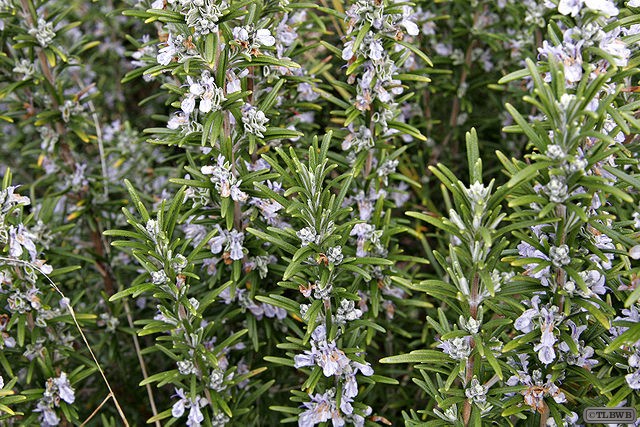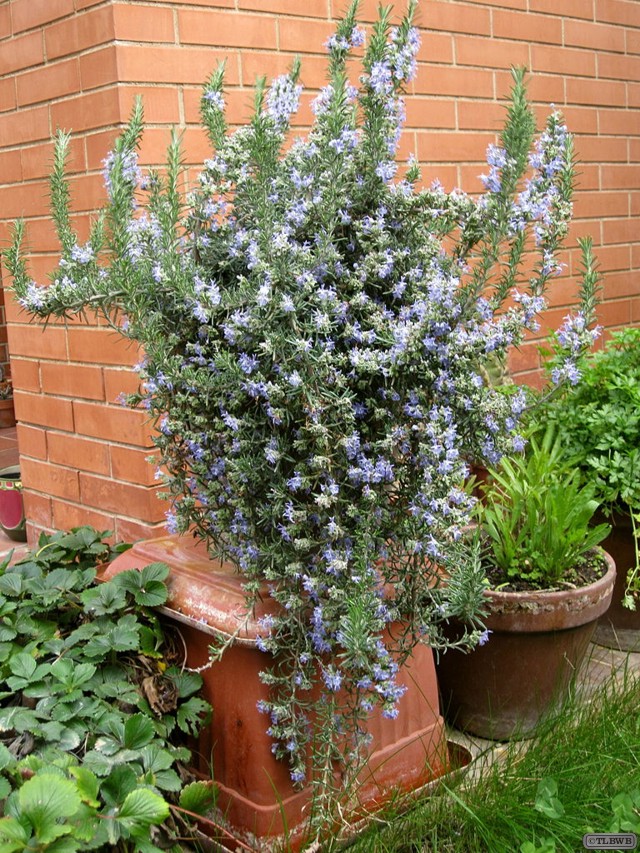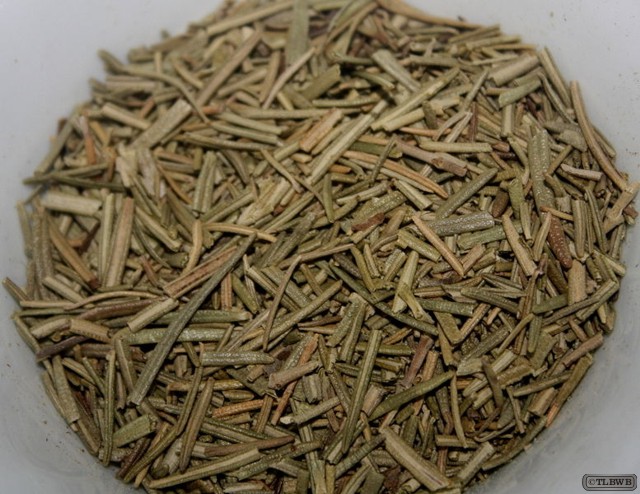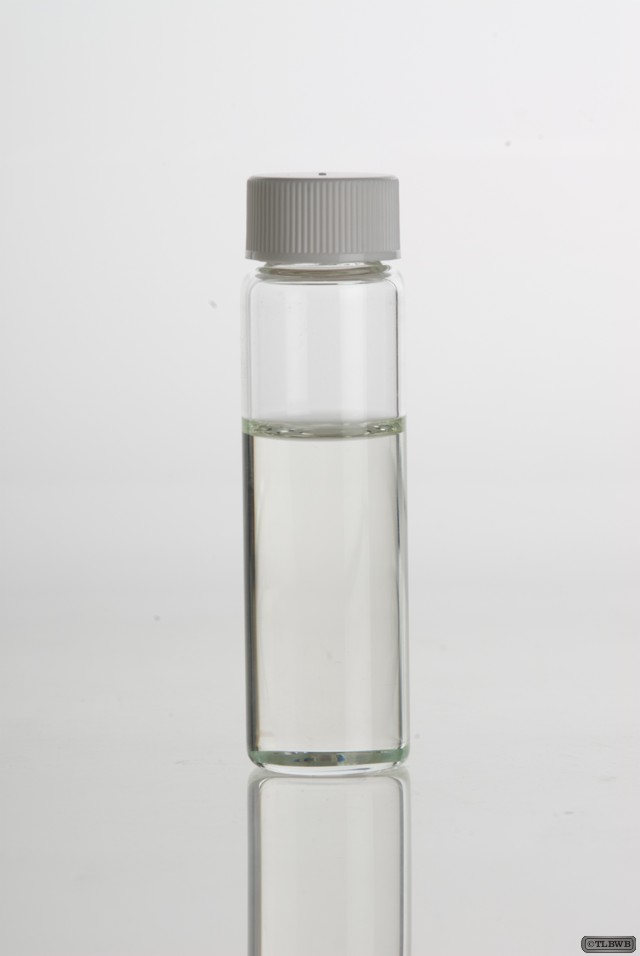Rosmarinus officinalis, commonly known as rosemary, is a woody, perennial herb with fragrant, evergreen, needle-like leaves and white, pink, purple, or blue flowers, native to the Mediterranean region.
It is a member of the mint family Lamiaceae, which includes many other herbs. The name “rosemary” derives from the Latin for “dew” (ros) and “sea” (marinus), or “dew of the sea”. The plant is also sometimes called anthos, from the ancient Greek, meaning “flower”. Rosemary has a fibrous root system.
Description
Rosemary is an aromatic evergreen shrub that has leaves similar to hemlock needles. The leaves are used as a flavoring in foods such as stuffings and roast lamb, pork, chicken and turkey. It is native to the Mediterranean and Asia, but is reasonably hardy in cool climates. It can withstand droughts, surviving a severe lack of water for lengthy periods. Forms range from upright to trailing; the upright forms can reach 1.5 m tall, rarely 2 m. The leaves are evergreen, 2-4 cm long and 2-5 mm broad, green above, and white below, with dense, short, woolly hair. The plant flowers in spring and summer in temperate climates, but the plants can be in constant bloom in warm climates; flowers are white, pink, purple or deep blue. Rosemary also has a tendency to flower outside its normal flowering season; it has been known to flower as late as early December, and as early as mid-February.
Mythology
According to legend, it was draped around the Greek goddess Aphrodite when she rose from the sea, born of Uranus’s semen. The Virgin Mary is said to have spread her blue cloak over a white-blossomed rosemary bush when she was resting, and the flowers turned blue. The shrub then became known as the “Rose of Mary”.
Culinary Use
Fresh or dried leaves are used in traditional Italian cuisine. They have a bitter, astringent taste and a characteristic aroma which complements many cooked foods. Herbal tea can be made from the leaves. When roasted with meats or vegetables, the leaves impart a mustard-like aroma with an additional fragrance of charred wood compatible with barbecued foods.
In amounts typically used to flavor foods, such as one teaspoon (1 gram), rosemary provides no nutritional value. Rosemary extract has been shown to improve the shelf life and heat stability of omega 3-rich oils which are prone to rancidity.
Fragrance
Rosemary oil is used for purposes of fragrant bodily perfumes or to emit an aroma into a room. It is also burnt as incense, and used in shampoos and cleaning products.
Phytochemicals and Traditional Medicine
Rosemary contains a number of phytochemicals, including rosmarinic acid, camphor, caffeic acid, ursolic acid, betulinic acid, and the antioxidants carnosic acid and carnosol.
In traditional medicine of India, extracts and essential oil from flowers and leaves are used to treat a variety of disorders.
Folklore and Customs
In the Middle Ages, rosemary was associated with wedding ceremonies. The bride would wear a rosemary headpiece and the groom and wedding guests would all wear a sprig of rosemary. From this association with weddings, rosemary was thought to be a love charm.
In myths, rosemary has a reputation for improving memory and has been used as a symbol for remembrance during war commemorations and funerals in Europe and Australia. Mourners would throw it into graves as a symbol of remembrance for the dead. In Shakespeare’s Hamlet, Ophelia says, “There’s rosemary, that’s for remembrance.” (Hamlet, iv. 5.) In Australia, sprigs of rosemary are worn on ANZAC Day and sometimes Remembrance Day to signify remembrance; the herb grows wild on the Gallipoli Peninsula.
Hungary water was first prepared for the Queen of Hungary Elisabeth of Poland to ” … renovate vitality of paralyzed limbs … ” and to treat gout. It was used externally and prepared by mixing fresh rosemary tops into spirits of wine. Don Quixote (Part One, Chapter XVII) mixes it in his recipe of the miraculous balm of Fierabras.
Wiccan
Rosemary was well known to ancient practitioners. It was an herb known for strengthening the memory and helping the brain, and was often cultivated in kitchen gardens. Roman priests used rosemary as incense in religious ceremonies, and many cultures considered it a herb to use as protection from evil spirits and witches. In England, it was burned in the homes of those who had died from illness, and placed on coffins before the grave was filled with dirt. For magical use, burn rosemary to rid a home of negative energy, or as an incense while you meditate. Hang bundles on your front door to keep harmful people, like burglars, from entering.
The Lost Bearded White Brother





Leave a Reply